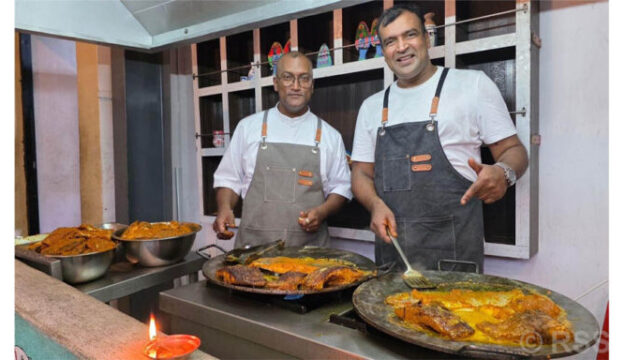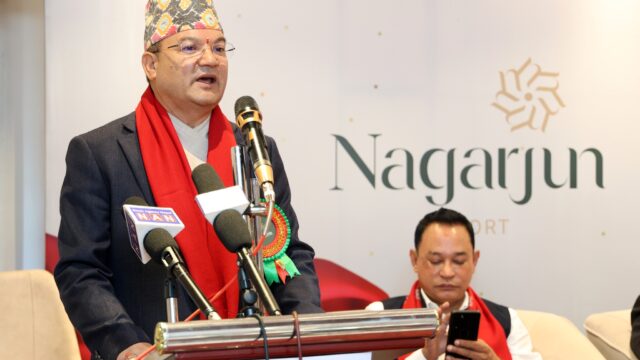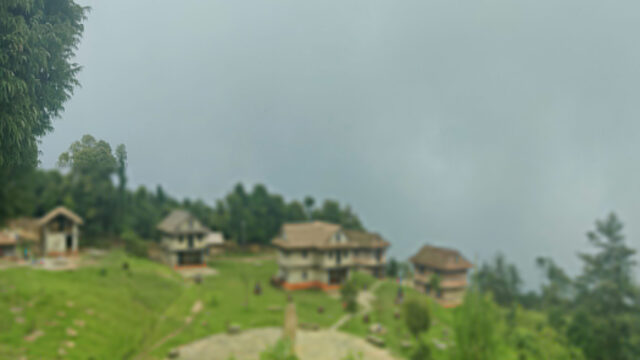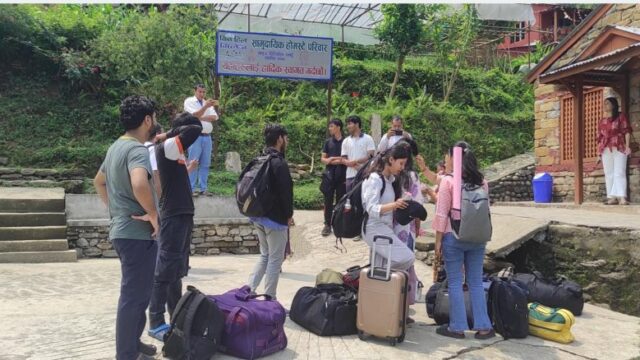While most tourist destinations tend to be quiet during the monsoon season, Diyalo Bangala in Bharatpur has seen an increasing number of visitors. Managed by Bharatpur Metropolitan City, Diyalo Bangala was opened to the public on July 7, 2024.
For the first four days, entry was free, but from July 11, a fee has been charged. According to Deputy Mayor Chitrasen Adhikari, 2,086 people have visited Diyalo Bangala within a week, generating revenue of NPR 191,700. Entry fees are NPR 100 for ordinary Nepalis, with a 50% discount for senior citizens and students. Visitors from neighboring countries India and China are charged NPR 150, SAARC country tourists NPR 200, and tourists from other countries NPR 300. The number of both domestic and international tourists visiting daily is steadily increasing.
“Diyalo Bangala is located in Bharatpur-1 and is managed by the metropolis under an agreement with Nepal Trust. The revenue collected is split, with 60% going to the Trust and 40% to the metropolis,” Deputy Mayor Adhikari explained.
Mayor Renu Dahal noted that the historical significance of Diyalo Bangala attracts an increasing number of visitors daily. Plans are underway to create a children’s park in the palace area without damaging its structures. The palace was historically used by the royal family during the winter and as a hunting lodge. Inside the palace, there is a large sitting room on the first floor with portraits of former King Mahendra and King Birendra. The staircase features a crocodile hunted by King Mahendra in 1969 and a tiger’s head mounted on the wall.
The palace has five bedrooms: the first for Queen Ratna, the second for the king, the third for the queen, and the fourth and fifth for other royal family members. All bedrooms have attached bathrooms, and the royal family’s belongings remain intact. Adjacent to the palace is ‘Naniganj’ for the palace women’s attendants and an ADC quarter for the king’s security guards. There is also a garage for vehicles and a swimming pool, currently without water.
Mayor Dahal emphasized the importance of bringing school and college students to study and observe Diyalo Bangala due to its historical significance. The palace, previously secured by the Nepalese Army, is now accessible for public viewing, satisfying public curiosity. With the end of the monsoon, the number of visitors is expected to increase further, and the metropolis has plans for additional infrastructure, including a children’s park.






